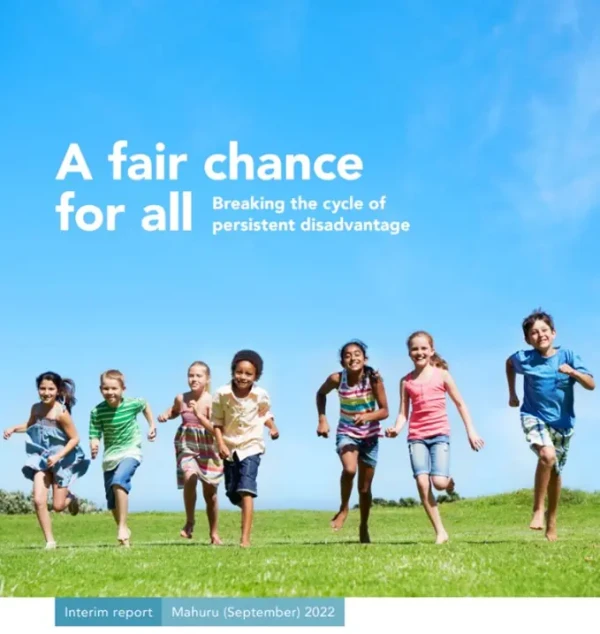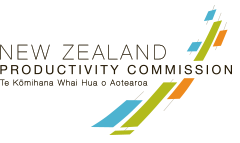
About 17% (724,000) of New Zealanders experienced persistent disadvantage in both 2013 and 2018. Young people, families and whānau can face multiple disadvantages holding them back, which can turn in to a cycle of persistent or intergenerational disadvantage. People and families face impossible choices every day, just trying to get by.
Our interim recommendations focused on the overall settings of the public management system.
Rather than recommending sector-specific policy changes or how individuals, communities and society in general can achieve change, we asked the question: what are the “upstream” system settings that hold persistent disadvantage in place and what would enable change?
We identified four barriers to addressing persistent disadvantage that exist throughout the public management system and impact all sectors and all institutions:
- power imbalances;
- discrimination and the ongoing impact of colonisation;
- siloed and fragmented government; and
- short-termism and status quo bias.
This report was based on evidence and research we carried out or commissioned.
